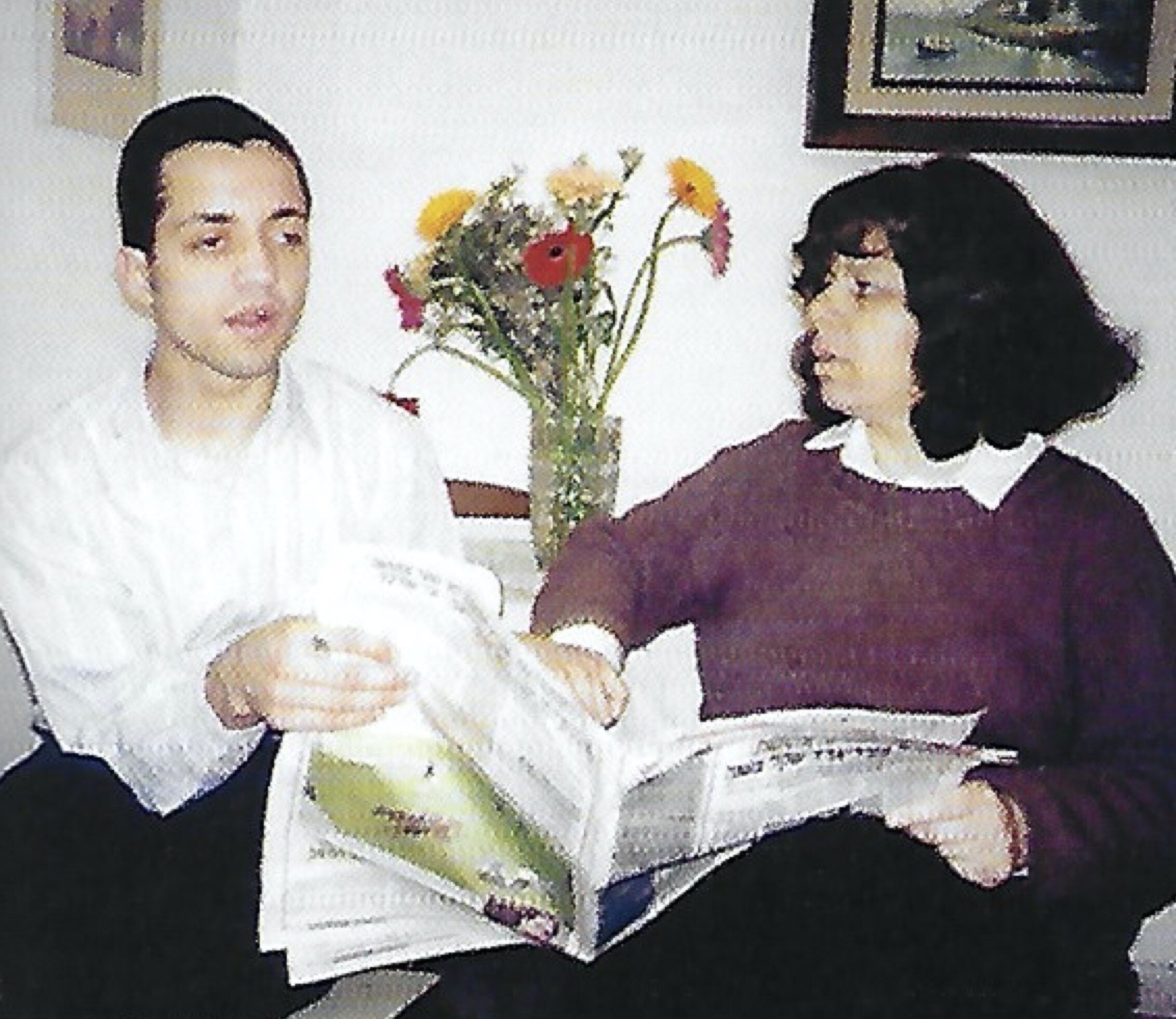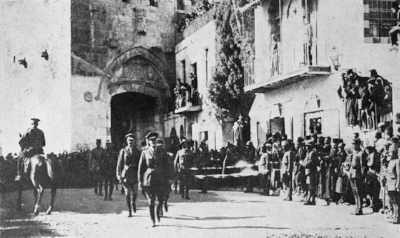“Tisha B’Av in 2025 is the diagnosis, not the cure.”
The music critic Lester Bangs (1948-1982) was one of the great chroniclers of rock and roll. He emerged in the late 1960s with the maturation of rock—after The Beatles psychedelicized, after Dylan went electric, after the Velvet Underground teamed up with Andy Warhol—and wrote in a style that read like the noise and chaos of the music. Just as the Beat Generation wrote books that bopped with the rhythms of jazz in the 1950s, Lester wrote lines that pounded like drums and spun off like electric guitar solos.
I’m thinking of Lester (his writing invites the informality of first names) because of a few sentences he wrote in August 1977, on the occasion of the death of Elvis, a pivotal “changing of the guards” moment in rock history. In an extraordinary obituary in the Village Voice, Lester wrote:
If love truly is going out of fashion forever, which I do not believe, then along with our nurtured indifference to each other will be an even more contemptuous indifference to each other’s objects of reverence… We will continue to fragment in this manner, because solipsism holds all the cards at present; it is a king whose domain engulfs even Elvis’s.
But I can guarantee you one thing: we will never again agree on anything as we agreed on Elvis. So I won’t bother saying goodbye to his corpse. I will say goodbye to you.[1]
I don’t have much affinity for Elvis beyond his place in the history of pop culture; I was seven years old when he died and it barely registered. At the time of his demise his significance had long since passed, and his musical descendants fragmented into many camps and styles.
But that final line of Lester’s elegy haunts me in a much deeper place than, say, “Don’t Be Cruel.”
Part of the reason I cling to that sentence “I will say goodbye to you” is because I think Lester inadvertently (he was raised a Jehovah’s Witness in southern California) gets at the heart of Tisha B’Av, at least on its spiritual and emotional levels.
And for me, Tisha B’Av seems to be more and more spiritually relevant every year, especially this year.
The 9th of Av, of course, is the most sober and solemn day in the Jewish calendar. Ostensibly it is about historical horrors: most obviously in the destructions of the First (586 BCE) and Second (70 CE) Temples that stood in Jerusalem, but also G-d’s decree that the generation that came out of Egypt would die in the wilderness (Numbers 14); the plowing over of Jerusalem by the Romans; and the quashing of the Bar Kochba revolt at Beitar in 135 CE. (All this is enumerated in the Mishnah, Ta’anit 4:6.)
As horrific as those historical moments were, they’re also meant to be understood on a spiritual level. They all emphasize the idea of Exile; that is, the forces of entropy that drive us away from our foundations, and one another, and G-d. The destruction of the Temples, the plowing over of Jerusalem, and end of the rebellion against Rome at Beitar were all historical traumas—but they were also moments when the chasm between our ideals and our reality felt insurmountable.
Does that describe our reality today? Some days it feels that way, and that makes Tisha B’Av for me feel more relevant and meaningful than ever. The centrifugal forces that pull us apart from one another, and ever further from our Source, seem incredibly powerful.
Certainly I’m thinking about Israel—I’m always thinking about Israel.
I’m thinking of my brothers and sisters in Israel who have endured months of sitting in bomb shelters. Who have been conscripted to fight three, four, and more tours of duty to defend their homes. Who endured the hail of Iranian missiles at the beginning of the summer. Who have shown over and over again what it means to be a society that cares for one another at a time of crisis.
I’m thinking of Israelis who day in and day out demonstrate that they are much better and more decent than the government that speaks for them.
Israel once was supposed to be the thing that bound all Jews together. Even if we located ourselves at different places along the political, religious, or ideological spectrum, we agreed on one thing: the creation of a democratic Jewish state in the 20th century was our response—our antidote—to the centuries of hate and exclusion of Jews, and an awesome new chapter in Jewish history.
But now Israel is the stick we use to beat each other with.
There was a moment—a few weeks after Hamas terrorists massacred, raped, and took Jews hostage on October 7, 2023—when it seemed like unity would rule the day. Jews everywhere mourned together and the world’s capitals were lit up with blue and white.
But that seems as long ago as the Second Temple. Outside the Jewish community, we are increasingly perceived as aggressors of a war we didn’t ask for. Inside the Jewish community, we rip ourselves apart by analyzing what we’ve become after two years of this horrific war. Has fighting this just war coarsened our souls to the point where we cannot empathize with the pain of others, including our enemy’s children?
And in Jerusalem today, just as on the eve of destruction in 70 CE (see Gittin 56a), a minority of political and religious zealots are manipulating the destiny of the majority of Jews who are seeking a just path out of this morass.
Maybe disunity and unraveling will describe the rest of our lives, as Lester Bangs described in 1977: “We will never again agree on anything as we agreed on Elvis.” Maybe our fate is the same as the one that Joseph faced: “I am looking for my brothers” (Genesis 37:16).
Maybe. But I hope not.
So what is Tisha B’Av in 2025? It’s the diagnosis, not the cure. The diagnosis is estrangement, distance, the utter failure to see in one another a sense of suffering and pain that might in some way resemble our own wounds.
Only after the diagnosis can we reach for a cure. “Only those who mourn for Jerusalem will get to see her future joy,” says the Talmud (Ta’anit 30b). After recognizing on Tisha B’Av how far we have moved from each other, something remarkable happens in the rhythms of Jewish life: Gravity takes over. We begin to move back towards one another.
In synagogue life this is marked by seven weekly Haftarah readings, each one on the themes of comfort and restoration taken from the final chapters of the Book of Isaiah. Seven weeks mark our return to first principles, until we arrive at Rosh Hashanah and culminate with Yom Kippur. The forces that pull us apart begin to reverse themselves in their courses, and we start to draw closer together once again.
This year, I hope we can make it back. I’m not quite prepared to draw the line that Lester Bangs did when Elvis died and he wrote I will say goodbye to you.
Instead I’ll say I’ve seen that point of estrangement—politically and otherwise—and I don’t want to live there. Instead, I’ll say: I’m looking for you, and maybe we can find a way back, together.
Forwarded to you? You can sign up to receive updates from me via A Tree with Roots.
[1] Lester Bangs, “Where Were You When Elvis Died?”, collected in Psychotic Reactions and Carburetor Dung, ed. Greil Marcus, 1987.


